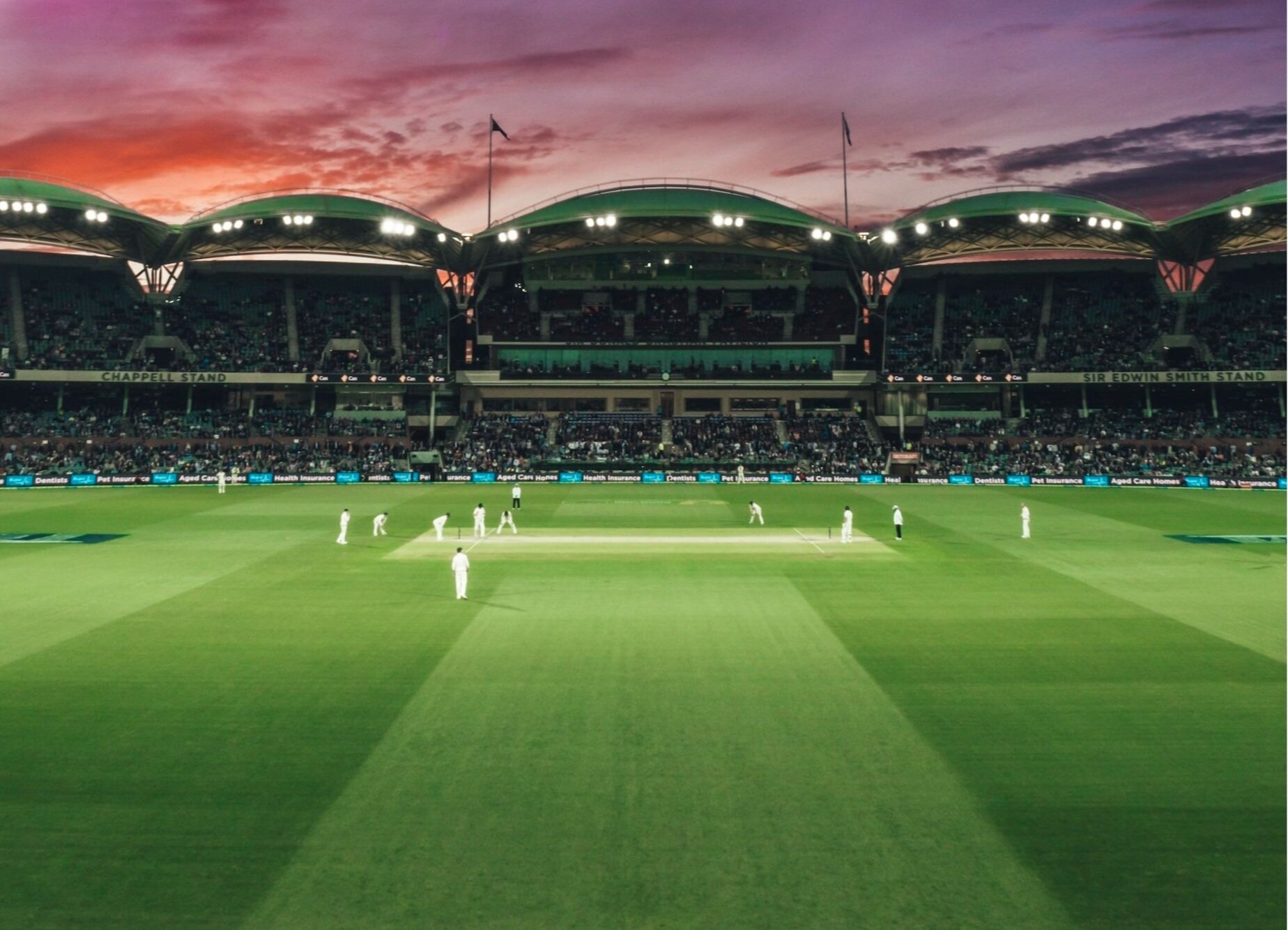
Lawn Maintenance
You may not be maintaining a cricket pitch, but there are a few basics of lawn maintenance that will make a difference to the overall well-being of your backyard.
Fertiliser
Organic or organic-blend fertilisers are recommended. Follow manufacturers recommended rates. Try and fertilise your lawn
-
Organic or organic-blend fertilisers are recommended. Follow manufacturers recommended rates. Try and fertilise your lawn when rain is predicted. How often you apply fertiliser depends on your soil, turf type and appearance requirements. Applying fertiliser every 3-4 months is ideal. Healthy lawns are more resilient to weeds, pests and other stressors.
TGC TIP: Fill a plastic pot with fertiliser and shake it as you walk over your lawn, allowing the fertiliser to fall out through the holes in the bottom.
Watering
Only water when lawns show signs of stress. A good heavy watering is much better than lots of small waterings.
-
Only water when lawns show signs of stress. A good heavy watering is much better than lots of small waterings.
Do not set automatic irrigating systems on and forget them. Adjust them to suit the temperature, wind and rainfall. Do not set automatic irrigation systems to come on constantly at night. Grass that is regularly wet at night, especially in warm conditions, is susceptible to fungus and disease. The best time to water is between 4am and 8 am.
Mowing
Each time you mow, don’t cut more than a third of the leaf area. Taller mowing helps to develop a hardier root system, and you can leave the
-
Each time you mow, don’t cut more than a third of the leaf area. Taller mowing helps to develop a hardier root system, and you can leave the regular trimmings on your lawn. Leave enough time between mowings to allow your lawn to breathe.
If your lawn has grown too long, fertilise the area and mow a week later. Remove the cuttings and keep damp to minimise stress.
Top Dressing and Wear
Top dressing is only required to repair uneven lawn surfaces or rejuvenate old lawns that have been laid on poor soil surfaces. Do not cover
-
Top dressing is only required to repair uneven lawn surfaces or rejuvenate old lawns that have been laid on poor soil surfaces. Do not cover grass completely. Fertilise prior to top dressing. Major depressions and lawns on poor clay soils may need several treatments over an extended period. We recommend our specially created Turf Soil or Top Dressing Mix.
Certain grass varieties handle wear better than others. Wear is generally a combination of soil compaction and turf damage. Try and prevent compaction by loosening the area with a garden fork and top dressing with course sand. High-wear areas need good nutrition and water to manage the stress.
Shade Trees
Only certain species of grass can handle shade. Trees not only shade grass but also suck nutrients from the soil.
-
Only certain species of grass can handle shade. Trees not only shade grass but also suck nutrients from the soil.
Lawns grown in shade should be allowed to grow taller for more area to photosynthesise.
Areas under trees should also be fed and watered slightly more.
Weeds and Grubs
If you have prepared your site properly, selected the right type of turf, and looked after it well, weeds should not be a problem.
-
If you have prepared your site properly, selected the right type of turf, and looked after it well, weeds should not be a problem.
Lawn Army Worm is known to attack lawns that are lush and growing quickly. A good way to encourage more consistent and controlled growth is to use organic and slow release fertiliser. For more information, go to Pests, Weeds & Diseases
In order to bloom, you must grow!
Grow Loyalty Club
Growing points for growing gardens!
Our Grow Loyalty Club is FREE to JOIN and rewards you with points you can redeem on future purchases.

